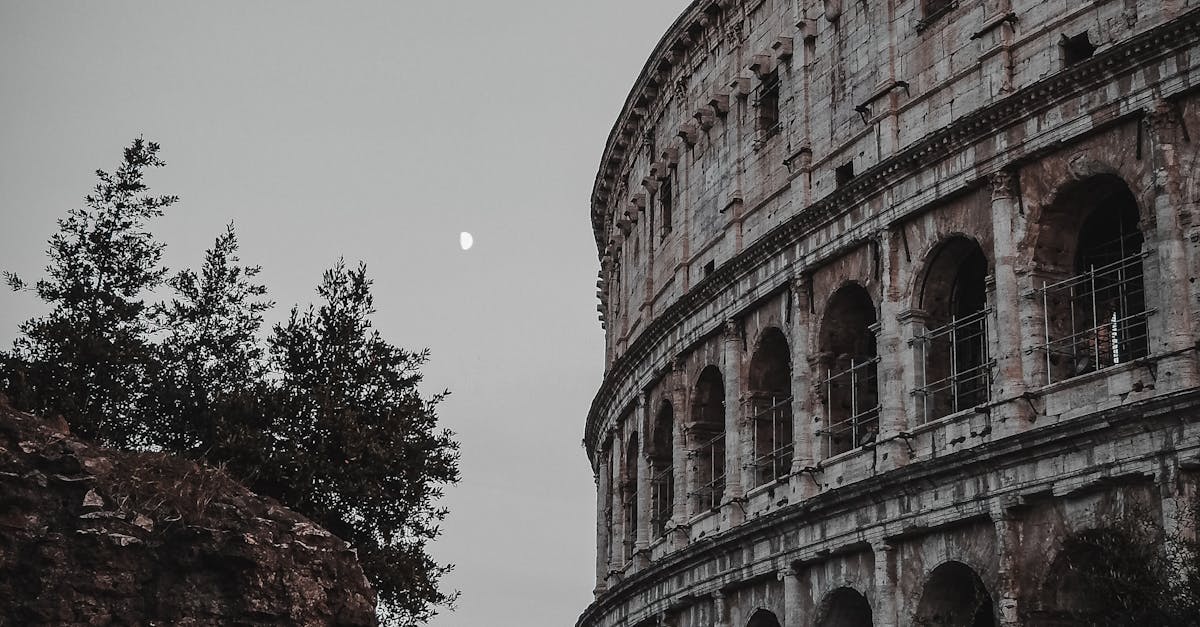The wonders of the world have fascinated humanity for centuries. From ancient marvels that have stood the test of time to modern architectural feats, these extraordinary sites not only showcase human ingenuity but also the beauty of our planet. In this article, we explore seven wonders of the world that captivate the imagination and inspire travelers to embark on journeys of discovery.
| Wonder | Location | Year of Construction |
|---|---|---|
| The Great Wall of China | China | 7th Century BC – 16th Century AD |
| The Petra | Jordan | 5th Century BC |
| The Christ the Redeemer | Brazil | 1931 |
| The Colosseum | Italy | 70-80 AD |
| The Chichen Itza | Mexico | 600 AD |
| The Taj Mahal | India | 1632-1653 |
| The Machu Picchu | Peru | 1450 AD |
The Great Wall of China
The Great Wall of China is not just a single wall but a series of walls and fortifications that stretch over 13,000 miles. Built primarily to protect against invasions, the wall showcases impressive engineering and the determination of the Chinese people. It is a UNESCO World Heritage Site and offers breathtaking views of the surrounding landscapes. Visitors can hike along various sections, each presenting unique historical significance and scenic beauty.

Petra
Petra, an archaeological site in Jordan, is famous for its rock-cut architecture and water conduit system. Often referred to as the “Rose City” due to the color of the stone from which it is carved, Petra was once a thriving trade hub in the ancient world. The most iconic structure, Al-Khazneh, features elaborate facades and intricate carvings. Visitors can explore the Siq, a narrow gorge leading to Petra, and experience the wonder of this ancient civilization.

Christ the Redeemer
Overlooking the vibrant city of Rio de Janeiro, Brazil, the Christ the Redeemer statue stands as a symbol of peace and welcome. Completed in 1931, this 98-foot-tall statue of Jesus Christ is made of reinforced concrete and soapstone. It is one of the most recognized landmarks in the world, providing panoramic views of the city and its beaches. The statue is a testament to Brazilian culture and attracts millions of visitors each year.

The Colosseum
The Colosseum in Rome, Italy, is an iconic symbol of ancient Rome and its architectural prowess. Completed in 80 AD, this grand amphitheater once hosted gladiatorial contests and public spectacles. With a capacity of around 50,000 spectators, the Colosseum is a marvel of engineering, featuring complex systems of vaults and arches. Today, it stands as a reminder of Rome’s rich history and draws millions of tourists eager to walk through its storied halls.

Chichen Itza
Chichen Itza is a pre-Columbian archaeological site located in Mexico’s Yucatan Peninsula. This ancient Mayan city flourished from the 7th to the 10th centuries and features the iconic pyramid known as El Castillo. The site showcases the advanced knowledge of the Mayans in astronomy and mathematics, as evidenced by the pyramid’s alignment with the equinox. Chichen Itza is a UNESCO World Heritage Site and one of the New Seven Wonders of the World, making it a must-visit for history enthusiasts.

The Taj Mahal
The Taj Mahal in Agra, India, is a stunning mausoleum built by Mughal Emperor Shah Jahan in memory of his beloved wife, Mumtaz Mahal. Constructed between 1632 and 1653, this architectural masterpiece is renowned for its symmetrical beauty and intricate marble inlay work. The Taj Mahal is a symbol of love and is surrounded by lush gardens and reflecting pools, creating a serene atmosphere. It is recognized as a UNESCO World Heritage Site and attracts millions of visitors from around the globe.

Machu Picchu
Machu Picchu, located high in the Andes Mountains of Peru, is an ancient Incan city that offers breathtaking views and rich history. Built in the 15th century, this archaeological wonder is known for its sophisticated dry-stone construction and terraced farming. The site is often shrouded in mist, adding to its mystical allure. As a UNESCO World Heritage Site, Machu Picchu is a testament to the ingenuity of the Inca civilization and remains a top destination for travelers seeking adventure and culture.

FAQ
What are the Seven Wonders of the World?
The Seven Wonders of the World refer to remarkable constructions recognized for their architectural and historical significance. The original wonders were the Great Pyramid of Giza, the Hanging Gardens of Babylon, the Statue of Zeus at Olympia, the Temple of Artemis at Ephesus, the Mausoleum at Halicarnassus, the Colossus of Rhodes, and the Lighthouse of Alexandria. The New Seven Wonders, as voted in a global poll, include the Great Wall of China, Petra, Christ the Redeemer, the Colosseum, Chichen Itza, the Taj Mahal, and Machu Picchu.
Why are these sites called wonders?
These sites are called wonders because they represent extraordinary human achievement in architecture, engineering, and artistry. They embody the cultural significance and historical context of their time, capturing the imagination of people worldwide. Their remarkable construction and preservation inspire awe and admiration, hence the term “wonders.”
How can I visit these wonders?
Visiting these wonders usually involves international travel, with many located in countries that offer various tourism services. It’s essential to research visa requirements, local customs, and the best times to visit. Many sites have guided tours available, providing insights into their history and significance.
References:
– [UNESCO World Heritage Centre](https://whc.unesco.org/en/list/)
– [National Geographic](https://www.nationalgeographic.com/)
